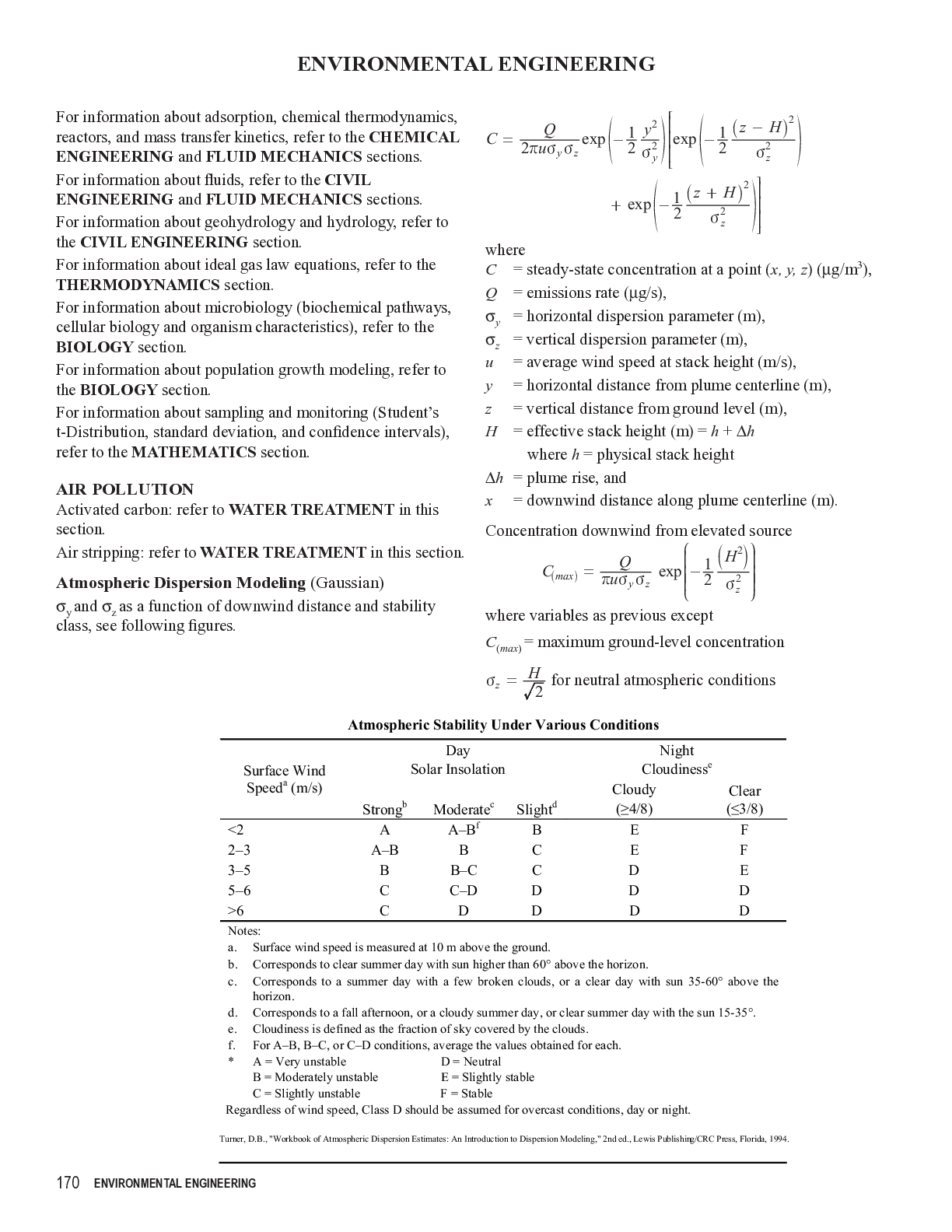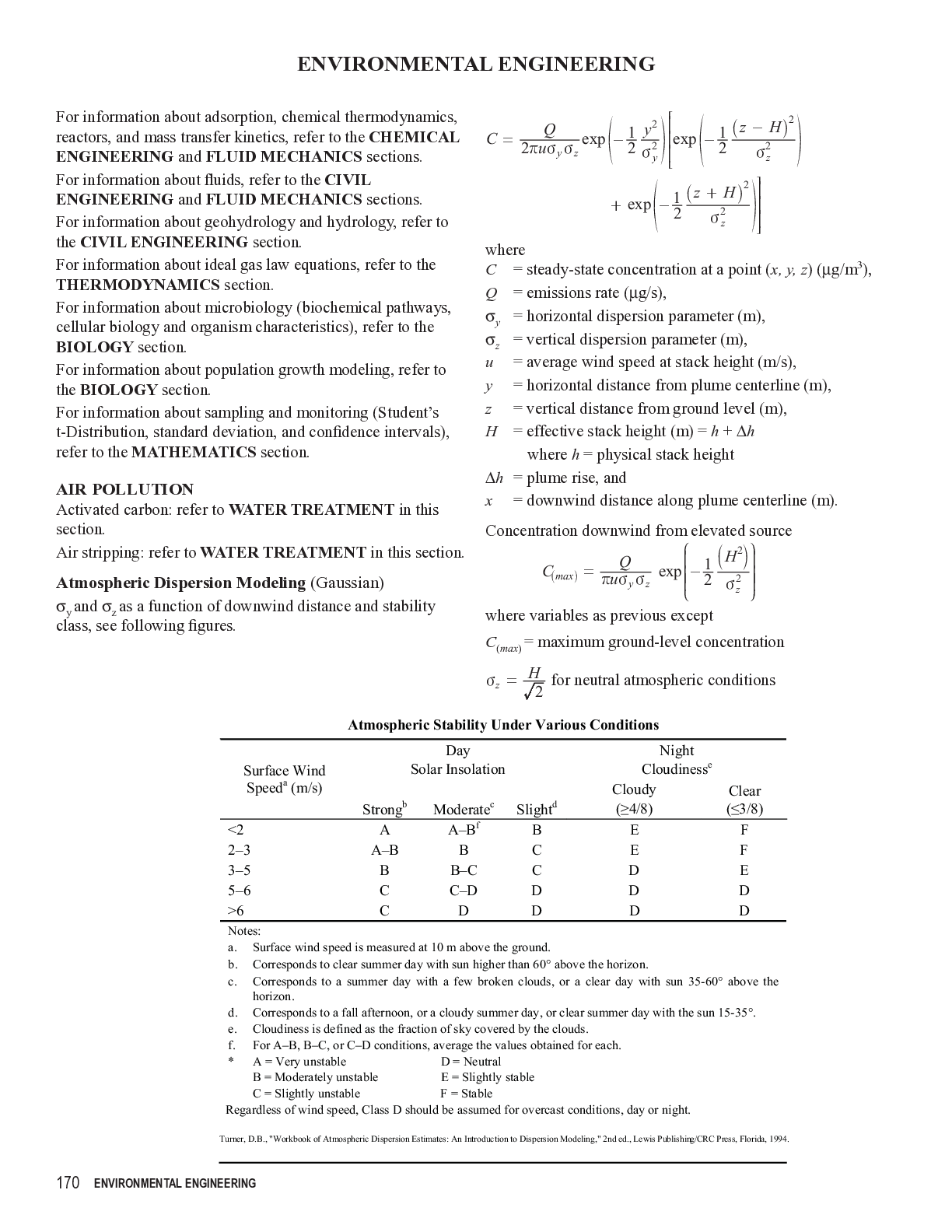ENVIRONMENTAL ENGINEERING
Course
Health Care
Subject
Chemistry
Category
Questions and Answers
Pages
23
Uploaded By
ATIPROS
Preview 5 out of 23 Pages


Download all 23 pages for $ 10.00
Reviews (0)
$10.00
